Thanks to the ability to revert the setting when something goes wrong. Group policy editor is a configuration manager for windows, which makes it easier to configure window settings. Unlike the pro-edition, the home edition of the window has local group policy editor disabled fault and other features that Microsoft decides to leave out. A power user might want to enable the GP edit feature to control the computer setting without upgrading window pro, but this is no easy task.
Fortunately, a solution has been found. The group policy provides a simple tweak for window 10 Home edition, which deploys GP edit MSC file. On a 32-bit architecture system, the setup process reviews smoothly.
The group policy editor should soon appear on the screen when typing GP edit/MSc should appear on the screen when typing GP edit/MSc in the Run window. Since Group Policy isn't enabled in Windows Home Edition, you need to first download the editor on your device. You can download the gpedit.msc installer.
It's a setup file that's simple to run, and it will add and configure the group policy editor for your Windows Home Edition system. If you use 32-bit Windows, then there's no issue, as the program will run smoothly. On the other hand, users with another system need to follow these additional steps. To install Group Policy Editor, click on setup.exe and Microsoft.Net will need to be installed. Once installed, right-click on gpedit-enabler.bat, and select Run as administrator.
The command prompt will open and execute for you. Click now on the Windows Key + R and type in gpedit.msc and click enter, and the Group Policy Editor should open. In case the installer fails to work properly and the Group Policy Editor still cannot be accessed on the Windows Home PC, then users can download and run the so-called enabler. Note that administrative privileges are required. This batch file is a system tweak that deploys missing features in Windows Home.
Normally, a system restart is not mandatory but, if the Group Policy Editor is still unavailable, it is recommended you try rebooting before anything else. By default, Microsoft Windows refreshes its policy settings every 90 minutes with a random 30 minutes offset. On domain controllers, Microsoft Windows does so every five minutes. During the refresh, it discovers, fetches and applies all GPOs that apply to the machine and to logged-on users. Some settings - such as those for automated software installation, drive mappings, startup scripts or logon scripts - only apply during startup or user logon.
Since Windows XP, users can manually initiate a refresh of the group policy by using the gpupdate command from a command prompt. Group Policy Editor is a free batch file from Majorgeeks. The program will help you add the group policy editor to your Windows 10 Home.
Group Policy is one of the features of Windows that has a wide range of advanced settings, especially for network administrators. However, you can also use a local policy editor to change the settings on a single computer, such as GPEDIT. As a Microsoft Management Console snap-in, Local Group Policy Editor (gpedit.msc) allows administrator to manage all the settings of Local Group Policy objects in a single user interface.
This feature is available in Windows 10 Professional and Enterprise, but you can not use it to in the Home editions version. A user "davehc" at Windows7forums has originally created a solution to enable the feature and resolve the problem while "jwils876" make it easier. The only settings that we can access are ones defined in old ADM templates. Unfortunately, that mostly means settings from Windows 2000 and XP.
With Vista, Microsoft created and switched to the newer, better ADMX template format. I've spent a little time messing with them and can't get gpedit to load those on a Home edition, so there's more involved there. Those policies may be more baked into the system than a handful of DLLs or maybe Microsoft implemented some security to prevent this kind of use on other editions; who knows. The point is that we can't use this gpedit package to change anything from Vista onward, so that includes OneDrive.
It may also be that some things, like automatic updates might've undergone changes in the last 4 Windows versions so that the old policies doesn't work. When you get down to it, this gpedit ability isn't nearly as exciting or useful as it first seems, but it's better than nothing. Group Policy Editor is a powerful tool that helps administrators to manage policy settings in Microsoft Management Console snap-ins. It provides a single user interface through which you can manage the settings of Local Group Policy objects. As this tool is not available in the starter Editions of Microsoft Windows, the users of these Windows Editions face problems while making changes to settings. Once installed, right-click on gpedit-enabler.
This will start the installation process. It may take some time depending upon your system performance. Once the process is complete, press any key to close the command prompt window.
This will begin the installation process. When the process is finished, press any key to close the command prompt window. If you did all the processes correctly, the missing dll file will have been installed. You may have made some mistakes when running the Command Line processes.
Generally, these errors will not prevent the Gpedit.dll file from being installed. In other words, the installation will be completed, but it may give an error due to some incompatibility issues. You can try running the program that was giving you this dll file error after restarting your computer.
If you are still getting the dll file error when running the program, please try the 2nd method. Windows 10 comes with plenty of tools that promise ease and convenience to the user. One of the essential tools brought by this platform is the Group policy editor. This Gpedit.Msc Download For Windows Bit feature enables users to adjust basic settings on network computers or a single computer. Helping a group policy editor is not as difficult as you thought. The term itself sounds technical, but you don't have to be a computer geek to understand it.
Learn more about Group policy editor and how to enable this administrative tool. It allows you to configure different aspects than what is offered by the registry. Besides, changing this setting through the registry is riskier to minimize the risk by using group policy.
In other word group policy help handle the severe drawbacks of using the registry. As registry potential harms the computer group policy, let you play safer and better. Right-click the batch file, gpedit-windows-10-home, and select Run as administrator. If you downloaded the archive version, the file's name is bat, and you can execute it as administrator by selecting "run as administrator" from the context menu. If you are getting "MMC could not create the snap-in" error message while running gpedit.msc, check out following steps to fix the problem.
Basically it happens when your username in Windows contains more than one word. After finishing the installation process, press any key to close the command prompt window. Group Policy is a feature of the Microsoft Windows NT operating system family that governs the working environment of user accounts and device accounts.
Group Policy provides centralized management and configuration of operating systems, applications and user settings in the Active Directory environment. A set of group policy configurations is referred to as the Group Policy Object . A version of Group Policy called Local Group Policy allows the management of Group Policy Objects without Active Directory on stand-alone computers. This shall begin the installation process. It might take some time all depending on the system performance. As the process is completed, hit "any key" to close the command prompt window.
Right-click on the batch file, gpedit-windows-10-home.bat is the name if you downloaded the archive version, and select "run as administrator" from the context menu. In this example, you could change the setting to Enabled, then choose option 3 - Windows Auto download and notify for install, followed by your preferred installation day and time. Group Policy provides centralized management and configuration of operating systems, applications, and users' settings in an Active Directory environment.
A set of Group Policy configurations is called a Group Policy Object . A version of Group Policy called Local Group Policy allows Group Policy Object management without Active Directory on standalone computers. This will begin the installation procedure. It may take some time depending on the performance of your system.
When the operation is finished, close the command prompt window by pressing any key. It is likely that, according to the Microsoft logic, the home user doesn't need to edit the local settings through the gpedit.msc GUI. The Local Group Policy Editor (GPEdit.msc) is a frequently used console in Windows settings. But, the gpedit.msc is missing in the Home Editions of Windows 10.
If you are using Home or Single language edition and you want to use Group Policy Editor, this method will help you. You just have to download the batch file and run it on your system so you can start to use this console. For example, if you don't like the security solution for personal reasons. You have to change system settings that are conflicting with the antivirus program. You are setting up a kiosk device that won't connect to the network, and security is not a concern.
Or you are a network administrator, and you have to comply with the organization's policies on some specific devices. Once you've downloaded theGpedit-Enable.bat file on your PC, right-click the file and select Run as administrator; this will open the command prompt and execute the script. Group policy is a method of configuring computer and user settings for a local or network-connected computer . It is capable of configuring practically every aspect of the operating system, including programme and Windows settings, network and security policies, and so on. The Local Group Policy Editor (gpedit.msc) is a Windows tool used by Administrators to modify group policies.
Group Policy is used by Windows domain administrators to modify Windows policies for all or a particular PC on the domain. You can convert these pol files into a convenient text format using the lgpo.exe tool. Group policy is a way to configure computer and user settings for a local computer or a network joined computer . It can be used to configure almost all aspects of the Operating System including software and Windows Settings, network and security policies etc.
Group Policy Editor (gpedit.msc) is a configuration manager for Windows which makes it easier to configure group policies. For those are able to run the completely setup as instructed above but after running the gpedit.msc not able to see any data in the window or blank window. You need to run the gpedit as administrator, by right clicking on the gpedit.msc file and run as administrator. What I suggest is to run the entire setup with administrator wherever possible.
You have to follow only two steps to get Group Policy Editorin the starter editions of Microsoft Windows. Windows 10 Home also lacks this important tool and the users are unable to perform the tasks or settings which require Group Policy Editor. If you are facing same problem, you'd like enable gpedit by yourself by following the simple guide. You should have a working gpedit.msc in Windows 10 Home after following the simple steps below.
Please note that we do not use any third-party software to allow group policy. In this process, we use the built-in Windows installation packages to install gpedit.msc. So this approach should be 100% safe and should operate under all conditions.
Unlike the Pro edition, the Home edition of Windows has the Local Group Policy Editor disabled by default, along with other features that Microsoft decided to leave out. Power users might want to enable the gpedit.msc feature to get better control over their computer's settings without having to upgrade to Windows Pro, but this is no easy task. This is a configuration manager for windows which makes it quite easy to configure windows settings. Now, in spite of going through the windows registry, you can configure various aspects of windows OS via group policy editor. By default, this is not included in Windows 10 or Windows 11.
Group Policy Management is a feature reserved for the Professional, Enterprise, and Education editions of Windows. But with a few tweaks, Home users can enable the Local Group Policy Editor, or you can use a third-party tool to access a more comprehensive collection of settings. Gpedit.msc is a batch file that's relatively easy to install on your device. It'll add the disabled Group Policy to your Windows Home Edition, giving you the option to edit group policies and access local group policies. After that, the installation will begin, which may take several minutes based on your system performance.
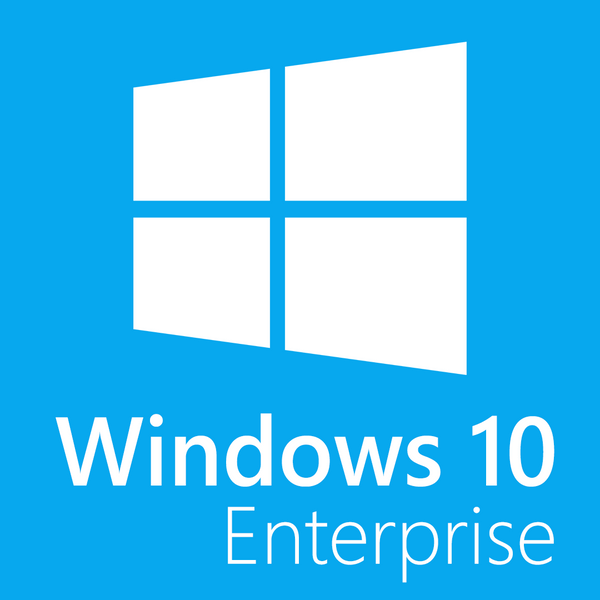




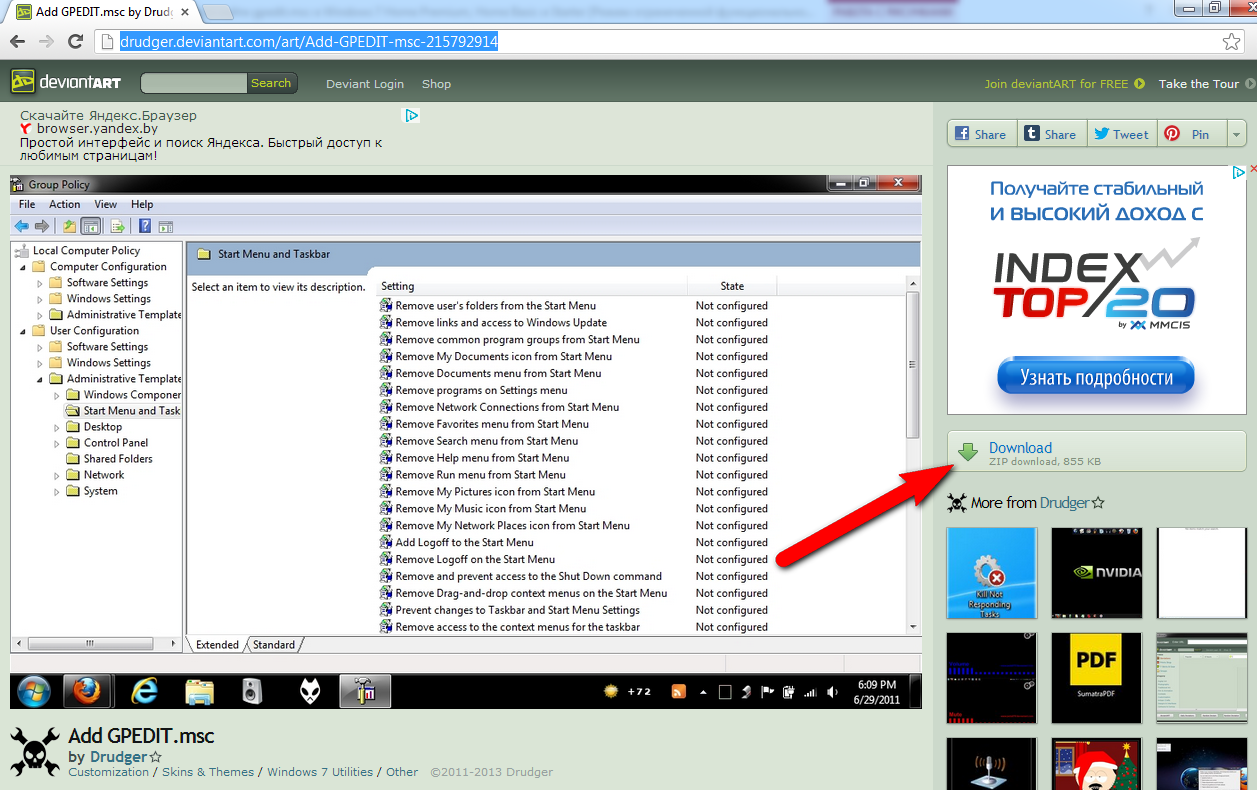







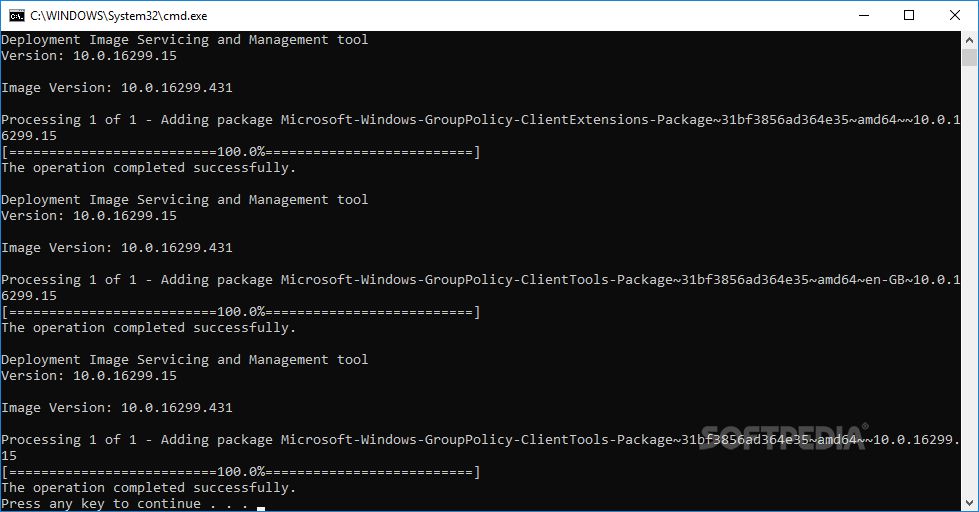



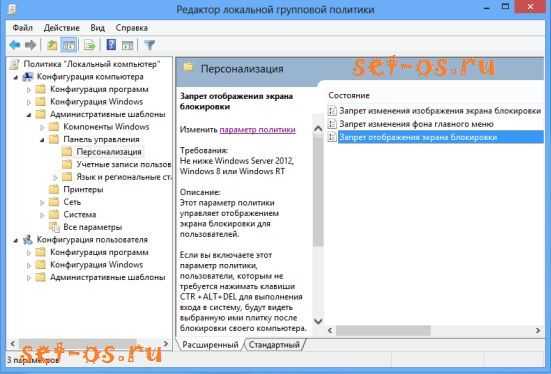
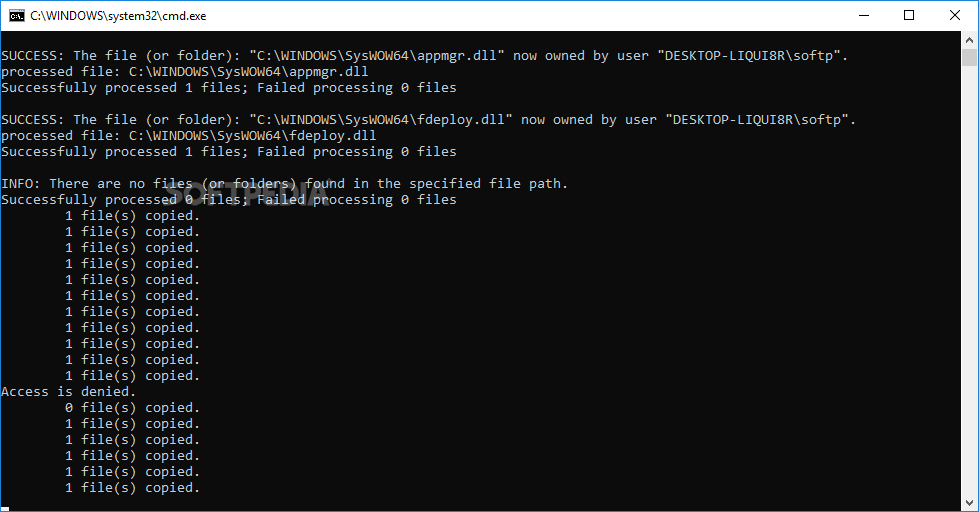





No comments:
Post a Comment
Note: Only a member of this blog may post a comment.